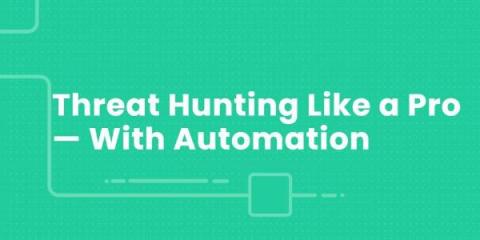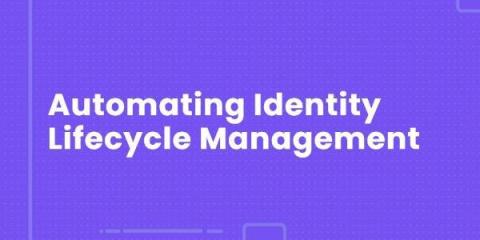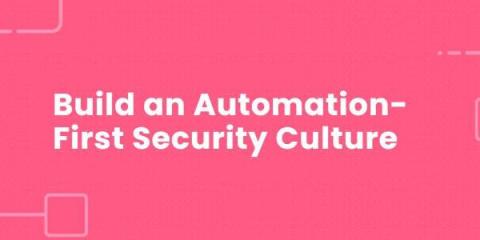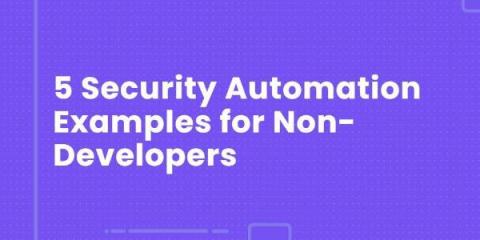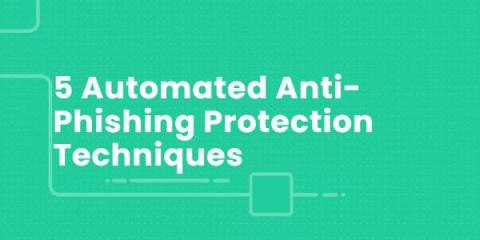Adopt the "Beyonce Rule" for Scalable Impact
Recently, I started to read the invaluable book Software Engineering at Google. It’s a great book by Google, describing their engineering practices across many different domains. One of the first chapters discusses the matter of making a “scalable impact,” which I find very interesting, and something that I believe has been overlooked by many organizations.



